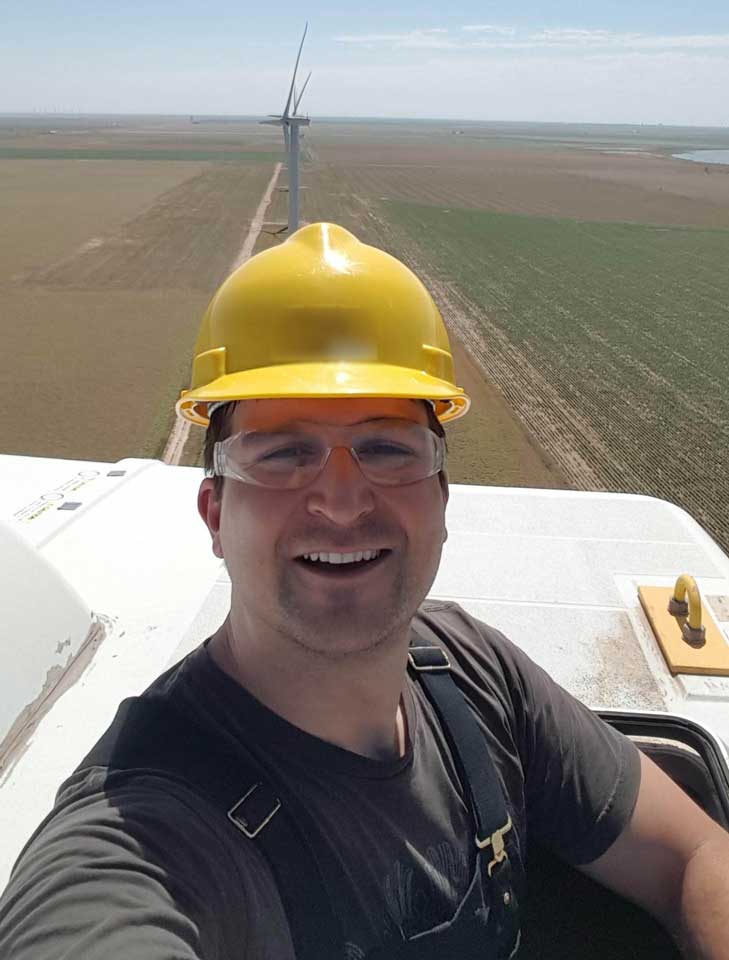A recent New York Times article touted the wind technician field as the fastest growing occupation in America. The phase down of the PTC tax credit set into motion an urgency to submit plans for increases in wind energy capacity, and as a result, the number of available wind tech jobs is expected to rise by as much as 108% over the next 10 years.
 On one hand, job growth means more wind-generated power will be used for electrification as opposed to the traditional gas and coal fire sources. This is good for the economy and good for air quality.
On one hand, job growth means more wind-generated power will be used for electrification as opposed to the traditional gas and coal fire sources. This is good for the economy and good for air quality.
On the other hand, wind technicians are needed because wind turbines are expensive to maintain. Most operators invest in some sort of data analytics to equip their technicians with information about which turbines need a filter or oil exchange, and/or which turbines to borescope inspect for signs of wear and degradation. Today, if there is a fault in the field, it’s the technician’s job to figure out what’s causing the failure and assess the best course of action to take to mitigate down time.
It’s imperative that wind technicians be as efficient as possible when out in the field, because a full gearbox exchange can cost upwards of $300,000 and an extended period of asset downtime.
Armed with the right data, however, a wind technician can easily identify a course of action to care for each turbine at the site and take additional life extension measures that prevent secondary and catastrophic damage from unidentified bearing failures. The technician moves from corrective maintenance to predictive health maintenance, reducing the number of annual gearbox replacements in the field and need for excessive inventory.
Further that, the technician who can identify the specific turbine, system and component that needs attention and execute on a course of life extension actions will increase the operating time of the turbines and power production of the site.
